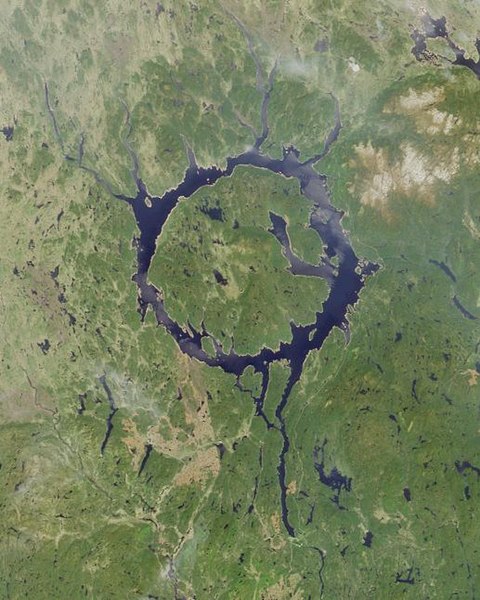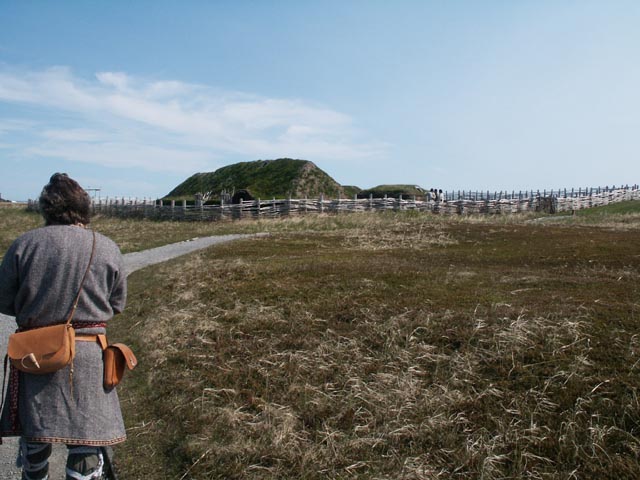 | |
| first day of ownership |
The bike is so much fun, I wish I'd bought one when I first started riding 20 years ago.
But the KLR650 has a number of well-known issues that needed to be addressed before I could leave on a trip like Labrador.
1. The "Doohickey" or idler shaft lever. Lots of concern that on the 2008+ KLRs that the idler spring does not have enough tension. I upgraded my doohickey and spring in March. It's a pretty complicated job (for me). It involved removing two engine cases, using a gear puller and drilling a hole in one of the cases for a new spring.
 | |
| doohickey at bottom |
It took one long night in the garage till 1am but the results were worth it. The stock spring had no tension on it. I shouldn't ever have to worry about it again.
2. Suspension: The stock KLRs have a weak suspension if you want to venture off paved roads. The forks and shock both bottom out quite easy. The back tire wouldn't stay planted over rough, washboard surfaces and the front forks dove like crazy under braking.
After doing a lot of research online I heard universal praise for the Intiminators (fork inserts) from Ricor and the Moab shock from Cogent Dynamics. I bought both.
In March I spent a couple of late nights in the garage upgrading the forks. This involved removing them from the steering head (surprisingly easy) and disassembling them. The Intiminators dropped right into the forks. The hardest part was measuring the correct amount of fork oil to go in.
 | |
| forks torn apart |
 |
| Moab Shock |
3. Seat: One of the most recent upgrades is a new seat from Sargent. I had put one on the VFR and it allowed me to do 1,000-1,500 mile a day Iron Butt rides. The stock KLR seat was only good for about an hour and a half of riding time. There was no way it would work for 2 weeks.
The Sargent seat is flat and better supports your backside compared to the narrower KLR seat.
4. Body/Engine Protection: The 2008+ KLR650s are vulnerable to expensive damage from tipovers due all the exposed plastic on the fairings. The engine is only protected by a plastic skidplate, which wouldn't hold up to rock grinds or richocets.
I bought the combination skid plate/engine guard and nerf bars from Happy Trails.
I've had this set up for about 3 years and have been very happy with it.
I added a set of Barkbuster hand guards 2 years ago to further protect against tipovers and broken levers.
All this body armor has been a mixed bag. The bike has fallen over twice. Once there was no damage, the other time it fell into a boulder between the Barkbusters and the nerf bars and it shattered a $150 fairing. It also adds a lot of weight to the bike. Overall, I'm happy with the protection as it gives me piece of mind that the bike will make it home if it does go down.
5. Tires: The stock KLR tires are terrible. Lack of grip in the dirt/sand and they wear out quickly. I've been using Maxxis 6006 knobbies for several thousand miles. I love them in the dirt as they give all kinds of confidence. They aren't as bad as you would think on the road either.
For Labrador I decided to go with Continental TKC-80's for their grip in the gravel and ability to last longer than traditional knobby tires. They had a great review in this month's Motorcycle Consumer News.
6. Brakes: The stock KLR brakes are pretty weak. I just ordered a stainless steel front brake line which should help stopping distance.
Convenience & Comfort
- Luggage: For Labrador I need to be able to carry enough for 2 weeks on the road: clothes, tools and camping equipment.
 I needed some luggage that had some volume but was also waterproof and reasonably priced. I went with the SW Motech Quick Release Rack and the Pelican 1550 cases.
I needed some luggage that had some volume but was also waterproof and reasonably priced. I went with the SW Motech Quick Release Rack and the Pelican 1550 cases.I like the racks because they can be removed in about 30 seconds with a screwdriver or a coin. You wouldn't even know they were on there.

The downside to the racks is that you have to relocate the rear turn signals further back to clear the cases. SW Motech gives you a bracket but the end result looks a little cheesy for my tastes.
I bolted the Pelican cases directly to the racks because the racks are so easy to remove anyway. They should hold what I need without being too bulky. They are lockable too.
- Heated Grips: I have heated gloves but they are bulky to carry and the grips are nice for when the temperature drops at the end of the day. I went with the Oxford Heaterz from England. They have the wiring directly in the grip, as opposed to underneath your existing grips. They were pretty easy to install and they appear to be well-made. You have four levels of heat. The only downside to these is that the grips are a larger diameter than stock and it takes some getting used to.
- Centerstand: Invaluable for changing tires and doing chain or other bike maintenance. I have the SW Motech version, which I'm not too fond of. There is no raised tab to put your foot on to lower the centerstand and raise the bike. It's much harder to operate than it should be. It also also distributes the weight in such a way that the bike wants to roll forward, off the stand.
- Fused Panel: I'm running a number of electrical accessories: GPS (Zumo 550), heated vest, lead for a portable air compressor and heated grips. The battery area was a mess of wires all over the place. The fused panel cleans things up nicely and prevents electrical problems. A big thanks to my friend Doug for doing the installation.
-Cruise Control: I ordered a Go Cruise throttle lock for those long highway stretches. It hasn't arrived yet.
I feel like I now have all the major issues taken care of on the KLR. It's like a different bike. Even with all the modifications added to the price of the bike it's still a lot cheaper than a new, unmodified BMW F800GS or a Triumph Tiger XC800. While I wish I had one of those bikes for the 70-80 horsepower and highway touring, the KLR is working very well for me now.
Maintenance
- Valve Adjustment: This is where the story takes a bad turn. I had never adjusted my valves and in March the bike had gone 13,000 miles without it (factory recommends every 6,000 miles). I felt confident about working on the bike and tore it apart to do the procedure.
In the process of installing the correct valve shims (one had almost no clearance left) I accidentally bent an exhaust valve. I was rotating the engine around by hand to check the clearances when one of the shims slipped from its bucket and wedged into the camshaft.
It took 7 weeks, a ton of aggravation and about $500 to get the bike repaired and running again. Now that its repaired the bike is running great, quieter and smoother than ever before.
-Consumables: Just to be on the safe side I bought a brand new battery to replace the four year old stock one. I also am installing a new set of chain and sprockets. I'm probably going to change the original brake pads too.
The only thing left to buy is a tent.




















